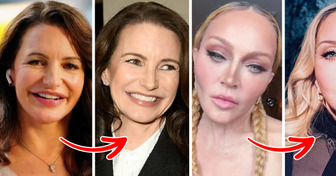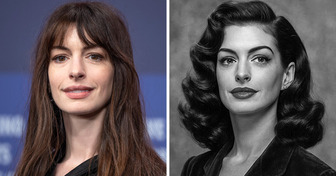“It Doesn’t Look Like Her,” Jessica Simpson’s “Unrecognizable” New Look Sparks Heated Controversy

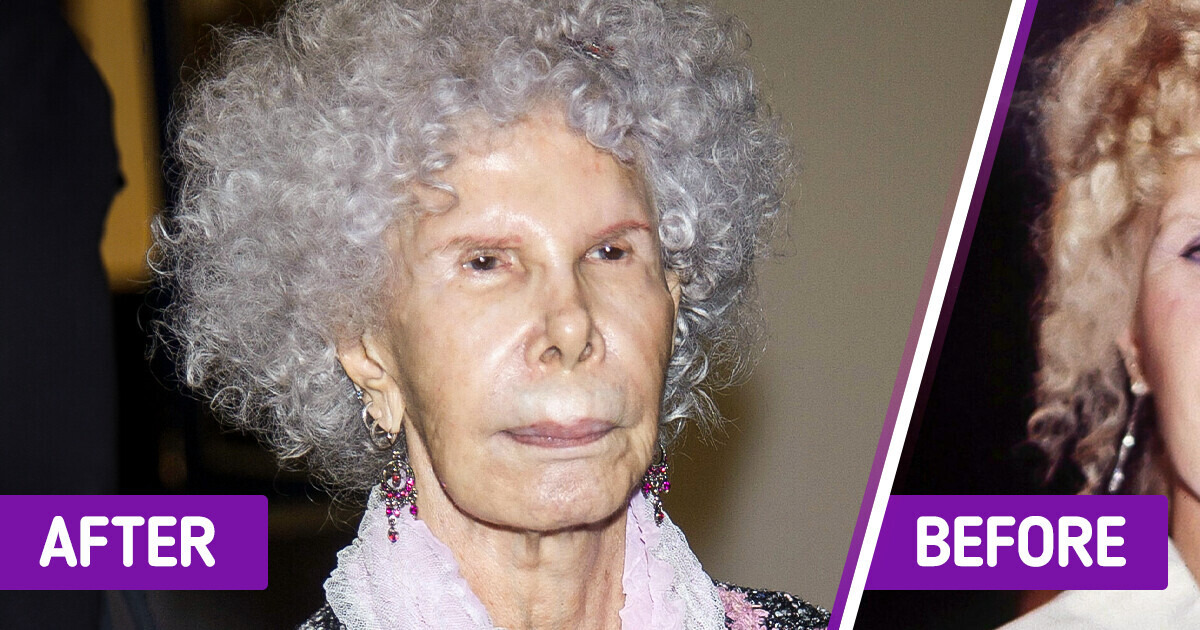
Maria del Rosario Cayetana Fitz-James Stuart, more commonly known as “Cayetana,” was a renowned figure who held an astonishing 57 noble titles, making her the most titled noble person globally. In her capacity as the 18th Duchess of Alba, she not only carried this prestigious distinction but was also recognized as Spain’s wealthiest woman, with an estimated fortune of around 3 billion Euros. There’s even speculation that her captivating presence might have influenced the design of the iconic wedding dress worn by the Duchess of Cambridge.
Cayetana held a place of considerable cultural importance. She famously turned down an offer to be painted by the renowned artist Picasso, proudly boasting a more extensive collection of titles than even Her Majesty, the Queen of England.
Most of the time, attention was drawn to her unique and untamed hair, her flamboyant fashion choices, and her relationship with her younger husband. This billionaire luminary offered a deeper glimpse into her eventful life when she released her second autobiography just two years after her initial memoir made its debut.
The Duchess of Alba, Cayetana, has a distant family connection to prominent figures like Sir Winston Churchill and Diana, Princess of Wales. They all share an ancestry traceable to Arabella’s daughter, Henrietta Fitz-James. Although she enjoyed a privileged upbringing, the Duchess openly shared in her most recent literary work that her life has not been without its share of challenges and hardships.
Cayetana embarked on a marital union with Luis Martínez de Irujo y Artázcoz, an aristocrat and the son of the Duke of Sotomayor, in a lavish ceremony in October 1947. This event was not only Spain’s final notable feudal wedding but also earned the distinction of being the most extravagant, with an estimated cost reaching 20 million pesetas. The opulent celebration accommodated 2,500 guests who were treated to a sumptuous champagne reception.
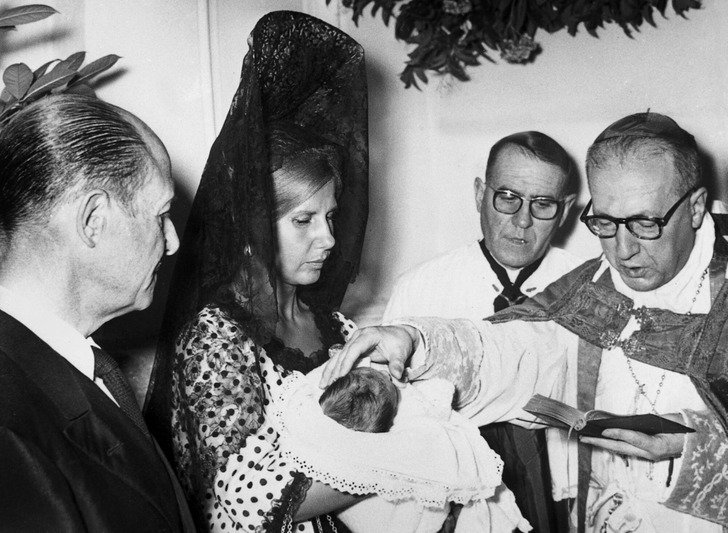
In 1953, following her father’s passing, Cayetana inherited an impressive array of titles, which included 18 counts, 14 grandees, and five duchesses. Along with these titles, she took on the responsibility of managing her father’s estates, most notably the Liria Palace, a historical gem that had endured destruction during turbulent times. She courageously embarked on the challenging task of its restoration, showcasing her unwavering commitment.
Skillfully orchestrating her public image, the Duchess effectively transformed her family’s reputation. They transitioned from a traditional dynasty of old-money aristocrats into a more contemporary portrayal as a Bohemian matriarch leading a family of philanthropists and luminaries. In a nation where the royal family typically remained shielded from media scrutiny, Cayetana and her clan stepped into the limelight, providing the public with the captivating stories and gossip they craved.
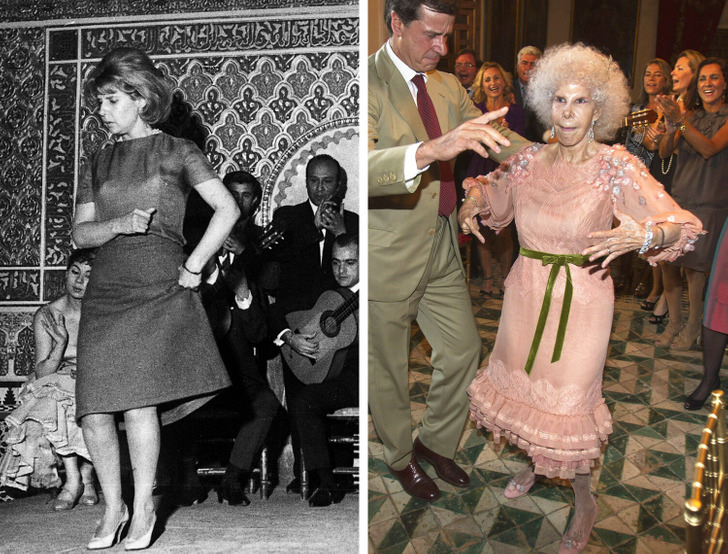
Her second husband was Jesus Aguirre y Ortiz de Zarate, a man of intellect and a former priest who had served as Cayetana’s confessor. This union, which took place in 1978, caused quite a stir in high society. It was a marriage that raised eyebrows, as Aguirre was not only 11 years younger than her but also born out of wedlock. Tragically, he succumbed to cancer in 2001.
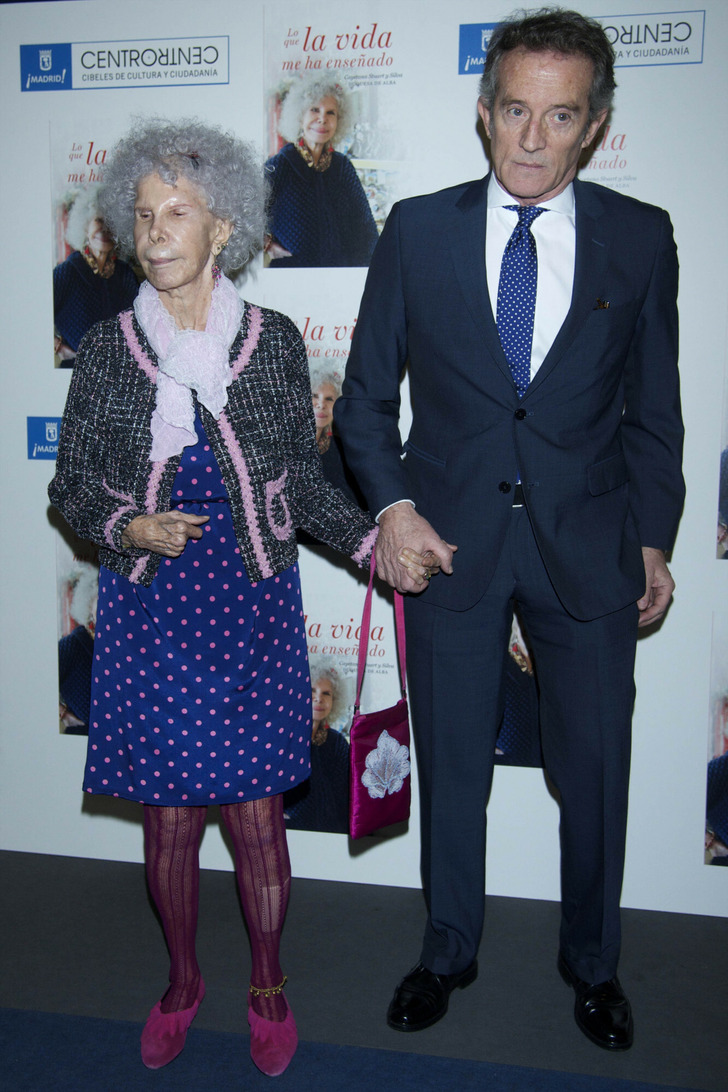
The Duchess met her third husband Alfonso Díez Carabantes, a civil servant over two decades her junior, in the 1980s, through her second husband. But they started dating after a chance meeting in a cinema. In 2011, Cayetana entered her third marriage. This decision sparked controversy, facing opposition from King Juan Carlos and accusations from some family members that Díez was merely a fortune seeker.
After much negotiation, Díez signed a formal document renouncing any claims to her wealth, ensuring that her legacy would be preserved for her six children from her first marriage. Cayetana humorously remarked at the time that her wealth consisted of many artworks, but she couldn’t dine on them. Díez was interviewed shortly after their wedding, which featured Cayetana energetically dancing flamenco after hitching up her dress.
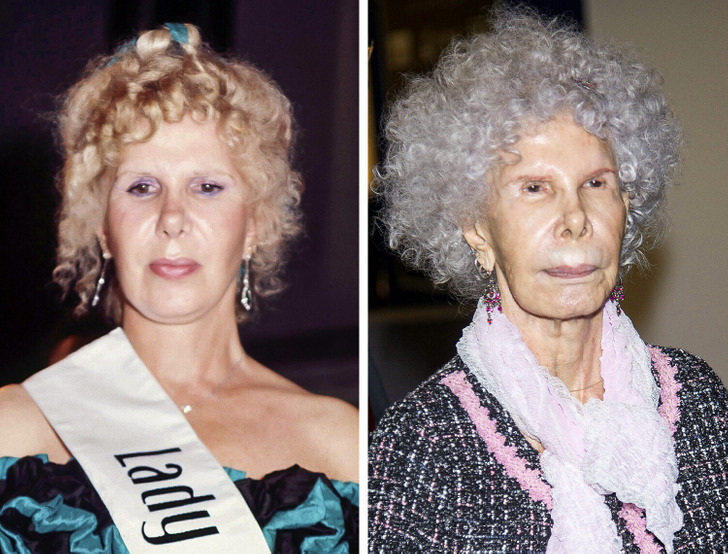
She became widely known for her cosmetic enhancements. In her later years, she was frequently cited as a prominent example of the work of a skilled plastic surgeon, highlighting the advancements in this field.
During her youth, she was celebrated for her beauty, but as time went on, and she underwent a series of modifications, her appearance underwent changes. Rumors circulated about enhancements to her lips, refinement of her nose, augmentation of her cheeks, and the smoothing of wrinkles, all while her brow received a subtle lift.
These alterations contributed to elongating the shape of her face and accentuated her mouth. At the same time, frequent filler injections had the effect of reducing the prominence of her eyes. A family friend acknowledged that she “clearly took it too far.”
Cayetana Fitz-James Stuart, the Duchess of Alba, embodied not only the last living link to the illustrious age of Spanish grandees but also occupied a distinct place in British history, a legacy that sadly diminishes with her passing.
Throughout her life, she exuded an exceptional enthusiasm for living. She once wittily remarked, “I confess I am thinking of keeping on living... so I can enjoy the expression on people’s faces.”
In the real world, life frequently unravels with an unpredictability and complexity that can rival even the most enthralling movie scripts. Everyday life is a rich tapestry of individual stories, each possessing a unique depth of emotion that no screenwriter can entirely replicate.







